The storage methods of peanuts mainly include sealed refrigeration, dry and ventilated, vacuum packaging, frozen storage, and avoiding light and moisture. The correct storage method can effectively extend the shelf life of peanuts, avoid mold and oil oxidation.
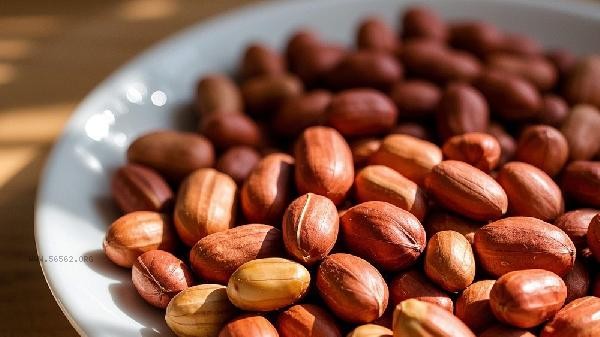
1. Sealed refrigeration
Place peanuts in a sealed container or food grade sealed bag and store them in the refrigerator compartment. Refrigeration temperature can inhibit mold growth, and sealing can isolate moisture and odors. It is recommended to choose glass or ceramic containers to avoid long-term storage of plastic containers that may cause oil adsorption and odor. Refrigerated peanuts can maintain freshness for 3-6 months.
2. Dry and ventilated
For short-term storage, choose a cool and dry place, spread the peanuts flat on a bamboo sieve or breathable container, and keep the environmental humidity below 60%. Regular flipping can help dissipate heat and moisture, and this method is suitable for consumption within 1-2 weeks. Pay attention to staying away from kitchen fumes and high temperature areas to avoid accelerating oil spoilage.
3. Vacuum Packaging
Using a household vacuum machine to remove air from the packaging can significantly delay the oxidation process. Vacuum packaged peanuts can be stored for 8-12 months at room temperature, and can be stored for over 18 months with refrigeration. Splitting into small portions makes it easier to access and prevents the remaining peanuts from getting damp due to repeated opening.
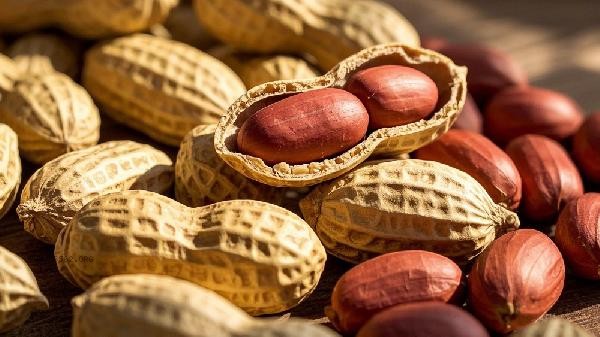
4. Frozen storage
Peanut is placed in a freezer bag and purged of air before being frozen. It can be stored at -18 ℃ for 1-2 years. Freezing can completely block the hatching of insect eggs and is suitable for stocking up in large quantities. Before consumption, it is necessary to warm up at room temperature for 2 hours. Direct heating may cause frost on the surface and affect the taste. Suggest packaging according to each dosage to avoid repeated freezing and thawing.
5. Avoid light and moisture
Regardless of the storage method used, direct sunlight should be avoided. Ultraviolet radiation can accelerate fat oxidation and produce a rancid taste. Opaque containers or aluminum foil can be used to wrap transparent containers. At the same time, food desiccants can be placed at the bottom of the container to absorb residual moisture and prevent mold growth. Regular replacement of desiccants is more effective. As a high-fat nut, peanuts need to be regularly checked for mold or odor during storage. If mold is found, it should be discarded immediately. Aflatoxin is heat-resistant and has strong carcinogenicity. It is recommended to choose fresh peanuts of the current season when purchasing, as storing them in a shell can extend their shelf life. Use dry utensils for daily use, and try to consume them within one month after opening. Eating foods with high vitamin E content such as almonds and spinach together can help slow down the oxidation rate of unsaturated fatty acids in peanuts.



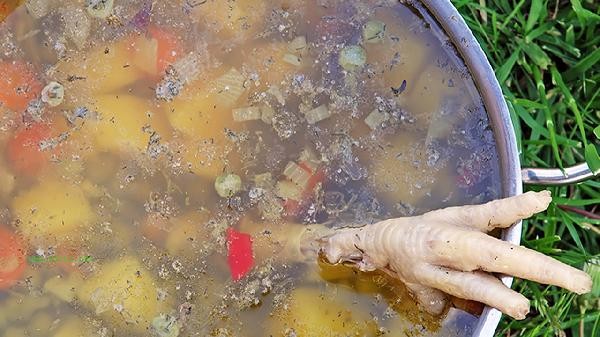
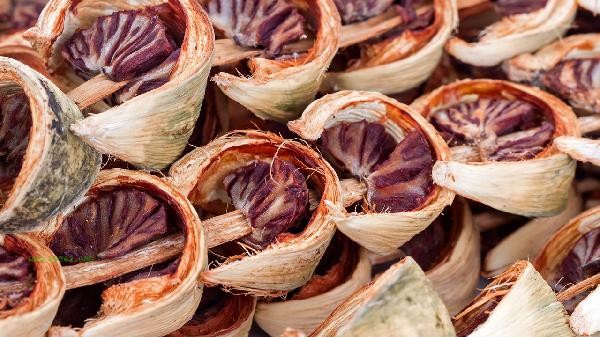
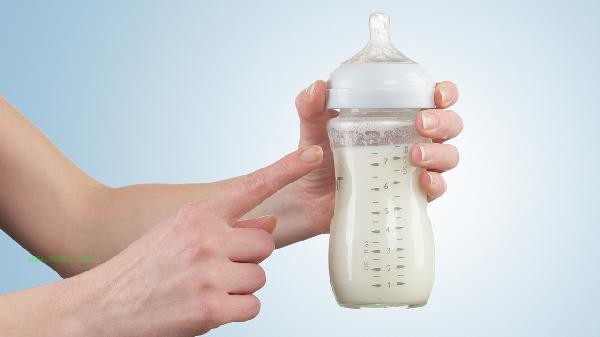



Comments (0)
Leave a Comment
No comments yet
Be the first to share your thoughts!